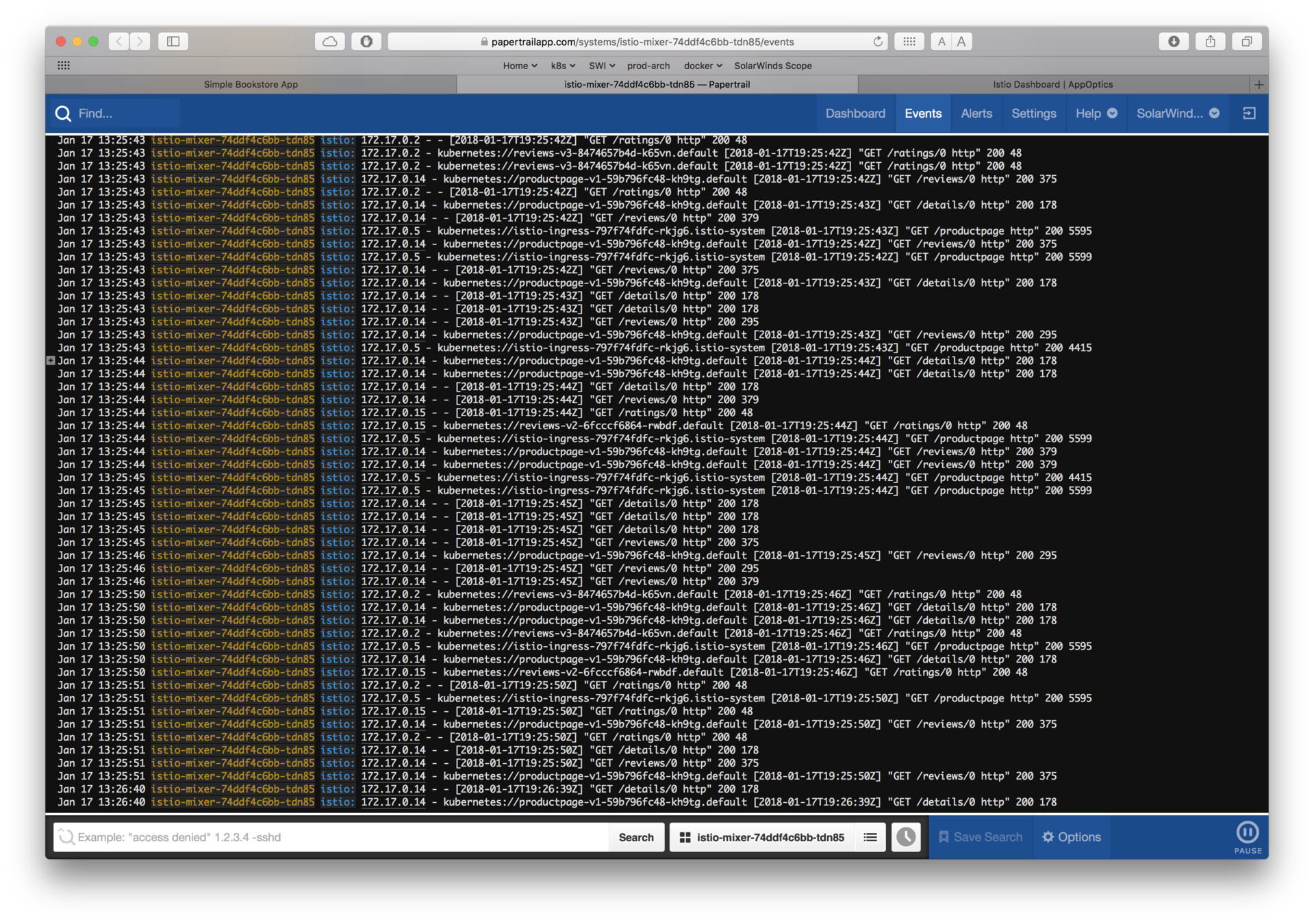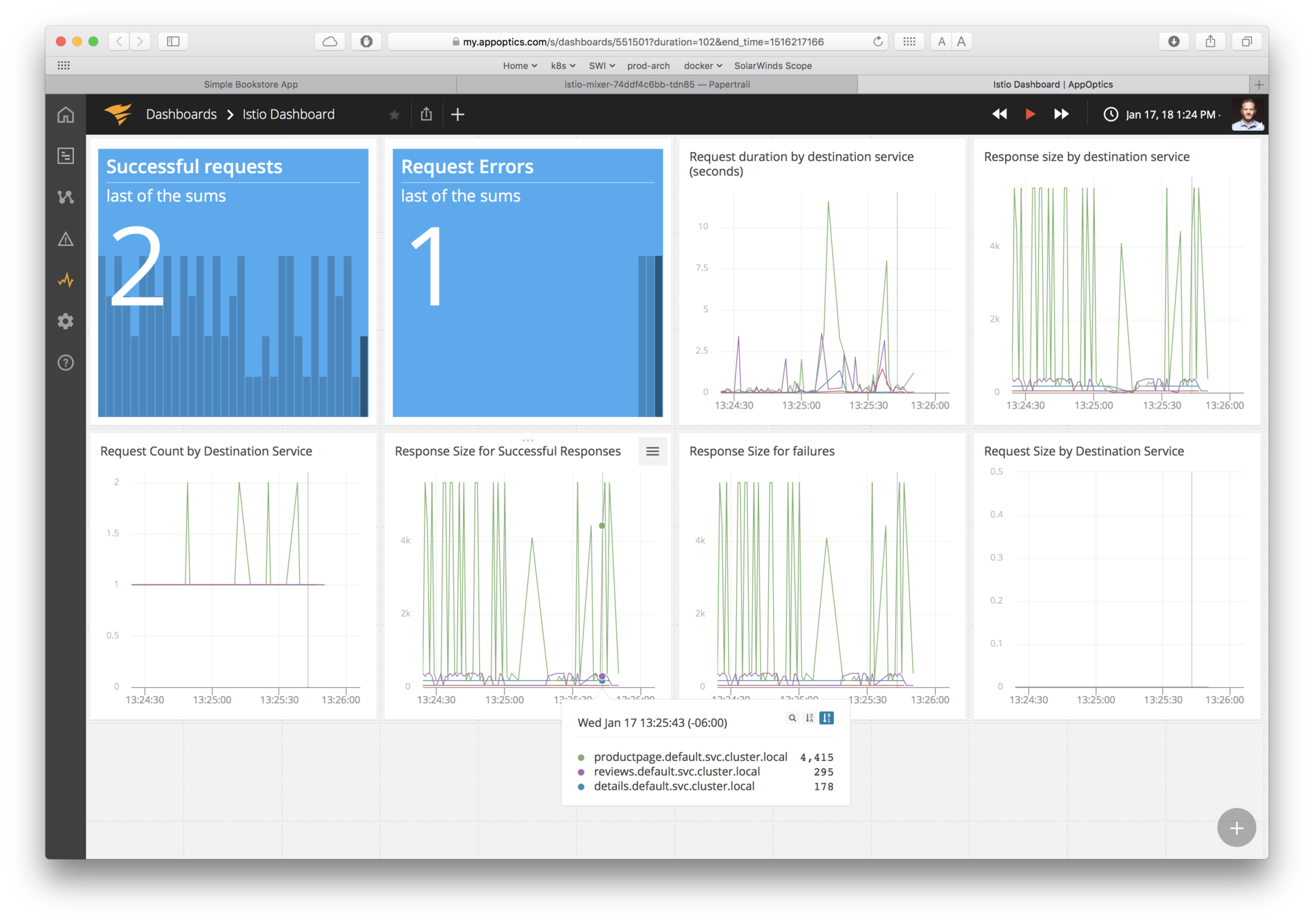Lee Calcote
Head of Technology Strategy
SolarWinds
Using Istio


Girish Ranganathan
Principal Architect
SolarWinds
clouds, containers, functions, applications, and their management
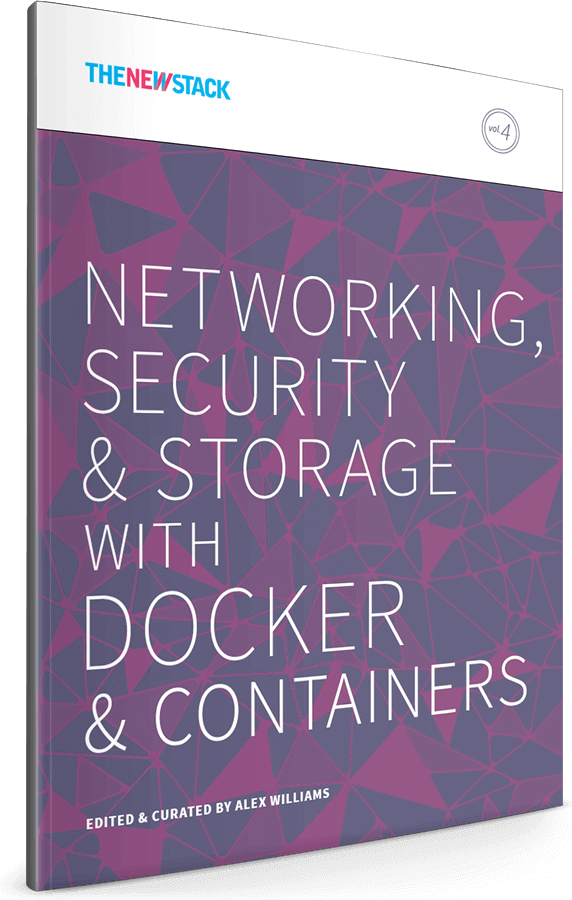

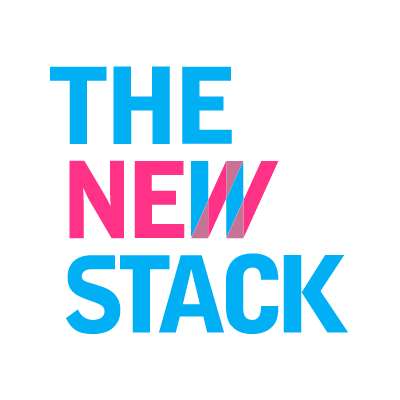









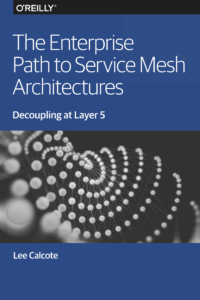

Girish Ranganathan
Principal Architect,
SolarWinds


Show of Hands
Thank you to our Teaching Assistants!
Phil Estes


Luc Juggery



Microservices
The more, the merrier?
Benefits
First few services are relatively easy
Democratization of language and technology choice
Faster delivery, service teams running independently, rolling updates
Challenges
Next 10 or so may introduce pain
Language and framework-specific libraries
Distributed environments, ephemeral infrastructure, out-moded tooling
Which is why...
I have a container orchestrator.

Core
Capabilities
-
Cluster Management
-
Host Discovery
-
Host Health Monitoring
-
-
Scheduling
-
Orchestrator Updates and Host Maintenance
-
Service Discovery
-
Networking and Load Balancing
-
Stateful Services
-
Multi-Tenant, Multi-Region
Additional
Key Capabilities
-
Application Health and Performance Monitoring
-
Application Deployments
-
Application Secrets

minimal capabilities required to qualify as a container orchestrator
Which is why...
I have an API gateway.
Microservices API Gateways
-
Ambassador uses Envoy
-
Kong uses Nginx
-
OpenResty uses Nginx
What do we need?
• Observability
• Logging
• Metrics
• Tracing
• Traffic Control
• Resiliency
• Efficiency
• Security
• Policy
a Service Mesh
What is a Service Mesh?
a dedicated layer for managing service-to-service communication
So, a microservices platform?
obviously.
Orchestrators don't bring all that you need
and neither do service meshes,
but they do get you closer.
Missing: application lifecycle management, but not by much
partially.
a services-first network
Missing: distributed debugging; provide nascent visibility (topology)
DEV
OPS
Layer 5
where Dev and Ops meet
Problem: too much infrastructure code in services
Why use a Service Mesh?
to avoid...
-
Bloated service code
-
Duplicating work to make services production-ready
-
Load balancing, auto scaling, rate limiting, traffic routing...
-
-
Inconsistency across services
-
Retry, tls, failover, deadlines, cancellation, etc., for each language, framework
-
Siloed implementations lead to fragmented, non-uniform policy application and difficult debugging
-
-
Diffusing responsibility of service management
Help with Modernization
-
Can modernize your IT inventory without:
-
Rewriting your applications
-
Adopting microservices, regular services are fine
-
Adopting new frameworks
-
Moving to the cloud
-
address the long-tail of IT services
Get there for free
Workshop Materials
visit layer5.io

Meshery
visit layer5.io for more

service mesh playground
Lab 1- Deploying Kubernetes
-
Open PWK
-
Deploy master node
-
use external DNS
-
save your `kubeadm join` command output
-
-
Install overlay networking
-
Add two more nodes to the cluster

What is Istio?
an open platform to connect, manage, and secure microservices
-
Observability
-
Resiliency
-
Traffic Control
-
Security
-
Policy Enforcement


@IstioMesh
Observability
what gets people hooked on service metrics
Goals
-
Metrics without instrumenting apps
-
Consistent metrics across fleet
-
Trace flow of requests across services
-
Portable across metric back-end providers
You get a metric! You get a metric! Everyone gets a metric!
© 2018 SolarWinds Worldwide, LLC. All rights reserved.
Traffic Control
control over chaos
- Traffic splitting
- L7 tag based routing?
- Traffic steering
- Look at the contents of a request and route it to a specific set of instances.
- Ingress and egress routing
Resilency
- Systematic fault injection
-
Timeouts and Retries with timeout budget
-
Circuit breakers and Health checks
-
Control connection pool size and request load
content-based traffic steering
Istio Architecture
Istio Architecture
Control Plane
Data Plane

- Touches every packet/request in the system.
- Responsible for service discovery, health checking, routing, load balancing, authentication, authorization, and observability.
- Provides policy and configuration for services in the mesh.
- Takes a set of isolated stateless sidecar proxies and turns them into a service mesh.
- Does not touch any packets/requests in the system.
Pilot
Citadel
Mixer
Control Plane
Data Plane
istio-system namespace
policy check
Foo Pod
Proxy Sidecar
Service Foo
tls certs
discovery & config
Foo Container
Bar Pod
Proxy Sidecar
Service Bar
Bar Container
Out-of-band telemetry propagation
telemetry
reports
Control flow during request processing
application traffic
Application traffic
application namespace
telemetry reports
Istio Architecture

What's Pilot for?
provides service discovery to sidecars
manages sidecar configuration
Pilot
Citadel
Control Plane
the head of the ship
Mixer
istio-system namespace
system of record for service mesh



}
provides abstraction from underlying platforms
What's Mixer for?
- Point of integration with infrastructure back ends
- Intermediates between Istio and back ends, under operator control
- Enables platform and environment mobility
- Responsible for policy evaluation and telemetry reporting
- Provides granular control over operational policies and telemetry
- Has a rich configuration model
- Intent-based config abstracts most infrastructure concerns
Pilot
Citadel
Mixer
Control Plane
istio-system namespace
an attribute-processing and routing machine
operator-focused
- Precondition checking
- Quota management
- Telemetry reporting
Mixer
Mixer
Control Plane
Data Plane
istio-system namespace
Foo Pod
Proxy Sidecar
Service Foo
Foo Container
Out-of-band telemetry propagation
Control flow during request processing
application traffic
Application traffic
application namespace
telemetry reports


an attribute processing engine
R

What's Citadel for?
-
Verifiable identity
- Issues certs
- Certs distributed to service proxies
- Mounted as a Kubernetes secret
- Secure naming / addressing
- Traffic encryption
Pilot
Citadel
Control Plane
security at scale
Mixer
istio-system namespace
security by default
Orchestrate Key & Certificate:
- Generation
- Deployment
- Rotation
- Revocation
®
Lab 2 - Deploying Istio
- Installing Istio
-
Setting up `istioctl`
- Verify install
- Configuring add-ons

Lab 2.2 - Configuring Mixer Add-ons and Adapters
Istio Adapter for SolarWinds
Open Source Adapters and Add-ons


(servicegraph)
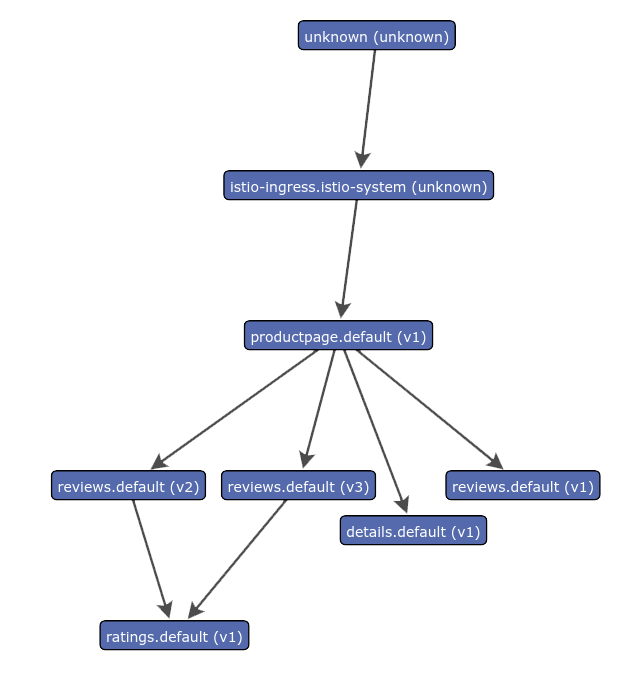


Lab 3 - Deploying Sample App
- Multi-language, multi-service application
-
Manual sidecar injection
- Verify install

Lab 3 - BookInfo Sample App
Reviews v1
Reviews Pod
Reviews v2
Reviews v3
Product Pod
Details Container
Details Pod
Ratings Container
Ratings Pod
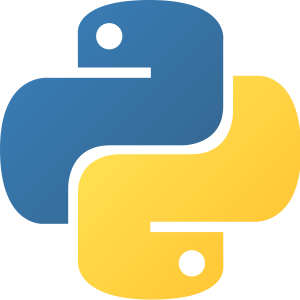
Product Container
Reviews Service
Lab 3 - BookInfo Sample App
Reviews v1
Reviews Pod
Reviews v2
Reviews v3
Product Pod
Details Container
Details Pod
Ratings Container
Ratings Pod

Product Container
Nginx sidecar
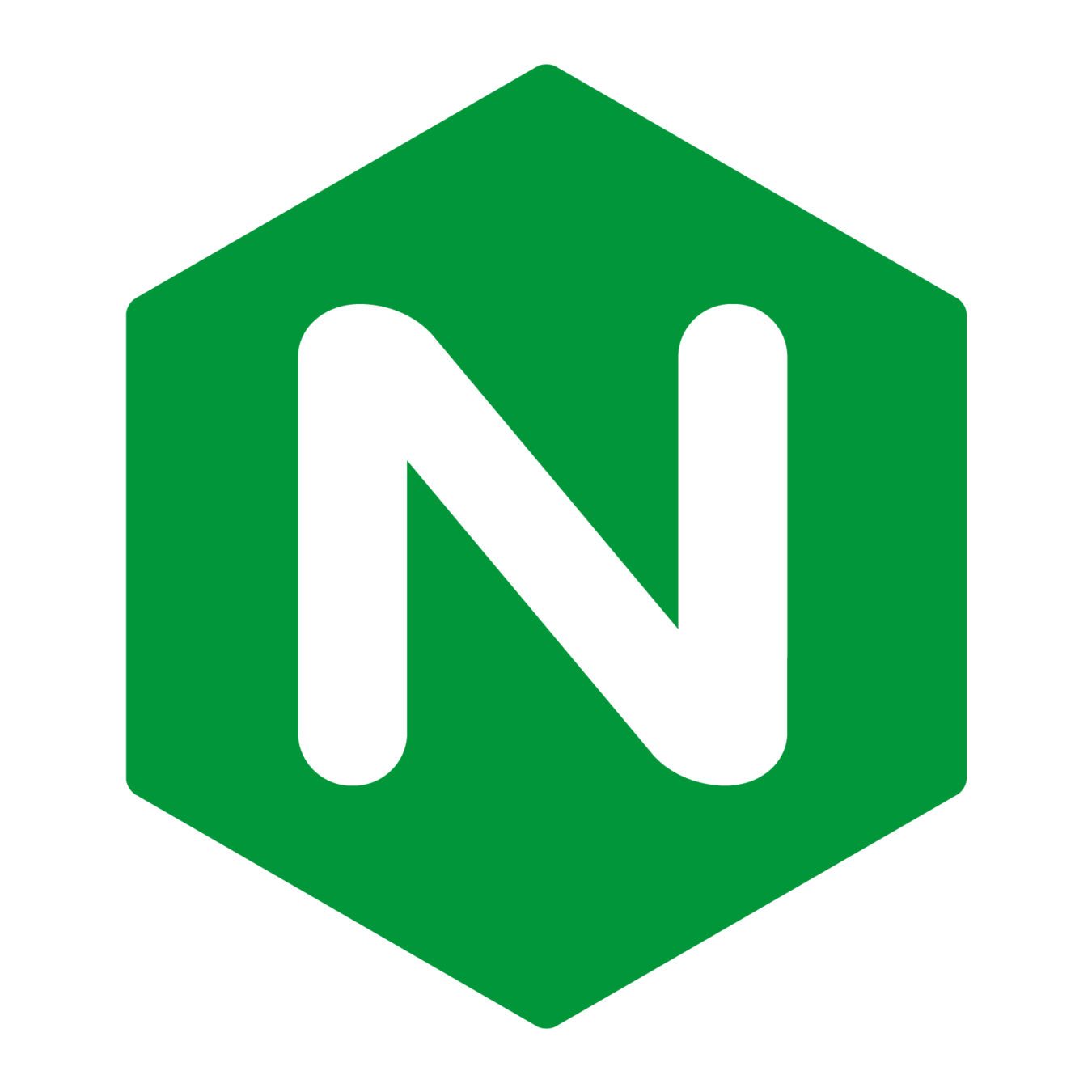
Nginx sidecar

Nginx sidecar

Nginx sidecar

Nginx sidecar

Reviews Service
Nginx sidecar

Envoy ingress

Extensibility of Istio






Envoy, Linkerd, Nginx, Conduit


Swapping Proxies




Service Proxy Sidecar
- A C++ based L4/L7 proxy
- Low memory footprint
- In production at Lyft™
Capabilities:
- API driven config updates → no reloads
- Zone-aware load balancing w/ failover
- Traffic routing and splitting
- Health checks, circuit breakers, timeouts, retry budgets, fault injection…
- HTTP/2 & gRPC
- Transparent proxying
- Designed for observability
the included battery
Data Plane
Pod
Proxy sidecar
App Container


Why use another service proxy?
Use based on your operational expertise and need for battle-tested proxy—you may be looking for caching, WAF, or other functionality available in NGINX™ Plus
If you're already running Linkerd™ and want to start adopting Istio control APIs like CheckRequest



Conduit not currently designed as a general-purpose proxy, but lightweight and focused with extensibility via gRPC™ plugin
nginMesh
Currently
- Support for rules, policies, mtls encryption, monitoring, and tracing
- Compatible with Mixer adaptors
- Transparent sidecar injection
- Compatible with Istio 0.7.1

Roadmap
- Support for gRPC traffic
- Support for ingress proxy
- Support for Quota Checks
- Expanding the mesh beyond Kubernetes
See sidecar-related limitations as well as supported traffic management rules --> here .
Considered beta quality
Soliciting feedback and participation from community
Istio and nginMesh
Architecture

agent
Pilot
Auth
Mixer
Control Plane
- Translator agent Istio to Nginx (in go)
- Loadable module Nginx to Mixer (in rust)
config file

Data Plane
Mixer Module
"istio-proxy" container
route rules
tcp server
istio-system namespace
check
report
listener
dest
module
tcp
http
Out-of-band telemetry propagation
Control flow during request processing
application traffic
application traffic
http servers
Recording - O'Reilly: Istio and nginMesh
Lab 4 - Expose BookInfo via Istio Ingress Gateway
- Inspecting the Istio Ingress Gateway
- Configure Istio Ingress Gateway for Bookinfo
- Inspect the Istio proxy of the productpage pod
Envoy ingress

Lab 5 - Telemetry
- Generate Load on Bookinfo
- View in monitoring tools
Pilot
Citadel
Mixer
Control Plane
istio-system namespace
AppOptics™
- Uses pluggable adapters to extend its functionality
- Adapters run within the Mixer process
- Adapters are modules that interface to infrastructure backends
- (logging, metrics, quotas, etc.)
- Multi-interface adapters are possible
- (e.g., SolarWinds® adapter sends logs and metrics)
Mixer Adapters
types: logs, metrics, access control, quota
Papertrail™
Prometheus™



Stackdriver™
Open Policy Agent
Grafana™
Fluentd
Statsd
®


Mixer
Mixer
Control Plane
Data Plane
istio-system namespace
Foo Pod
Proxy sidecar
Service Foo
Foo Container
Out-of-band telemetry propagation
Control flow during request processing
application traffic
application traffic
application namespace
telemetry reports



an attribute processing engine
Lab 6 - Distributed Tracing
- View Traces
Lab 7 - Request Routing and Canary Testing
- Configure the default route for all services to V1
- Content based routing
- Canary Testing - Traffic Shifting
Timeouts & Retries
Web
Service Foo
Timeout = 600ms
Retries = 3
Timeout = 300ms
Retries = 3
Timeout = 900ms
Retries = 3
Service Bar
Database
Timeout = 500ms
Retries = 3
Timeout = 300ms
Retries = 3
Timeout = 900ms
Retries = 3
Deadlines
Web
Service Foo
Deadline = 600ms
Deadline = 496ms
Service Bar
Database
Deadline = 428ms
Deadline=180ms
Elapsed=104ms
Elapsed=68ms
Elapsed=248ms
Lab 8 - Fault Injection and Rate-Limiting
- Inject a route rule to create a fault using HTTP delay
- Inject a route rule to create a fault using HTTP abort
- Verify fault injection

Lab 9 - Mutual TLS & Identity Verification
- Verify mTLS
- Understanding SPIFFE

Lab 10 - Circuit Breakig
- Deploy a client for the app
- With manual sidecar injection:
- Initial test calls from client to server
- Time to trip the circuit
Now Available
compliments of NGINX
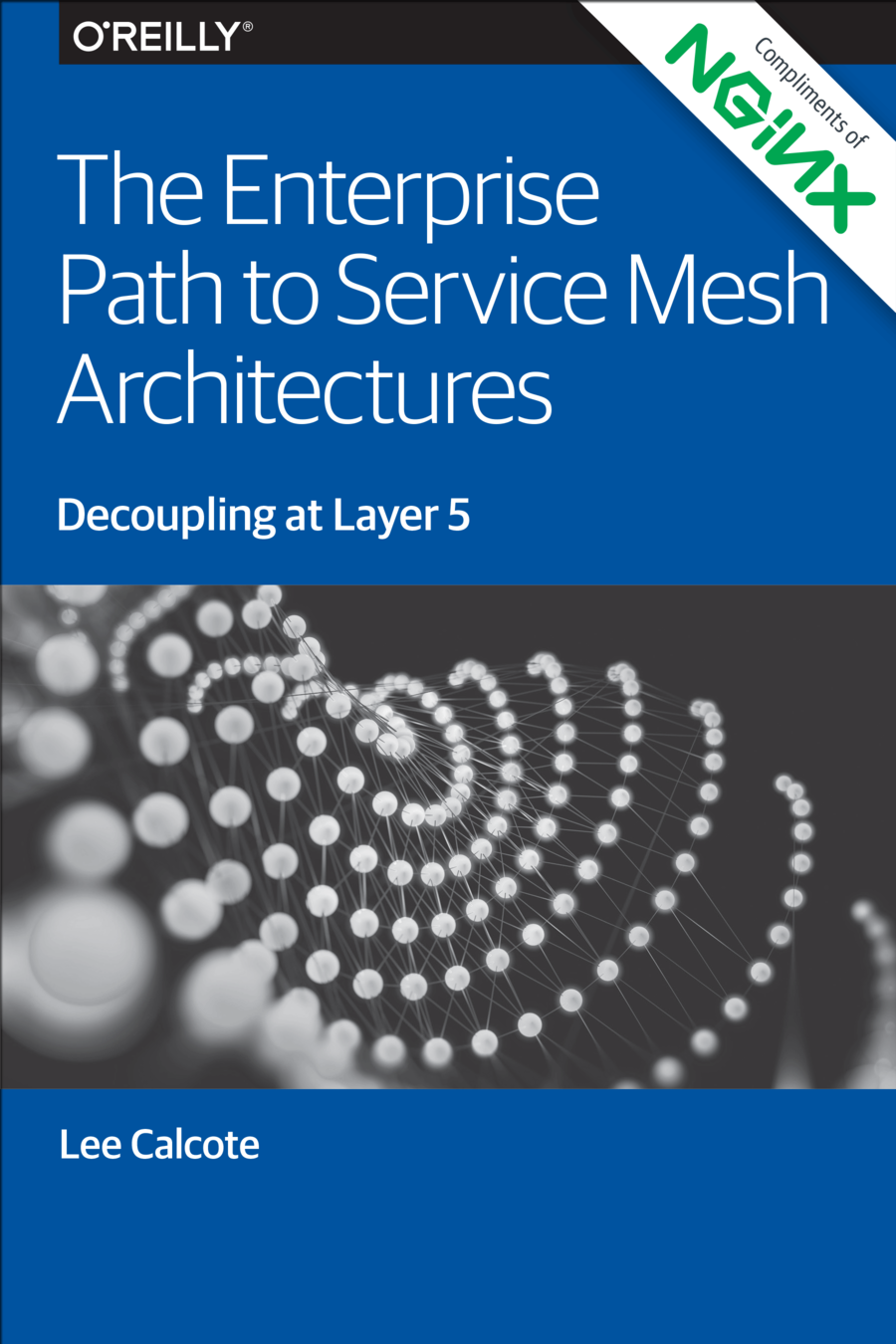
Lee Calcote
Thank you. Questions?



layer5io.slack.com

Girish Ranganathan

Phil Estes


Luc Juggery


Demo
Let's look at the Istio canonical sample app.

kubectl version
kubectl get ns
kubectl apply -f ../istio-appoptics-0.5.1-solarwinds-v01.yaml
kubectl apply -f ./install/kubernetes/istio-sidecar-injector.yaml
Check environment; deploy Istio
kubectl get ns
watch kubectl get po,svc -n istio-system
kubectl apply -f <(istioctl kube-inject -f samples/bookinfo/kube/bookinfo.yaml)
Confirm deployment Istio; deploy sample app
watch kubectl get po,svc
kubectl describe po/ | more
echo "http://$(kubectl get nodes -o template --template='{{range.items}}{{range.status.addresses}}{{if eq .type "InternalIP"}}{{.address}}{{end}}{{end}}{{end}}'):$(kubectl get svc istio-ingress -n istio-system -o jsonpath='{.spec.ports[0].nodePort}')/productpage"
Confirm sample app
Demo
running Istio

Demo
running Istio

echo "http://$(kubectl get nodes -o template --template='{{range.items}}{{range.status.addresses}}{{if eq .type "InternalIP"}}{{.address}}{{end}}{{end}}{{end}}'):$(kubectl get svc istio-ingress -n istio-system -o jsonpath='{.spec.ports[0].nodePort}')/productpage"
See "reviews" v1, v2, and v3
# From Docker's perspective
docker ps | grep istio-proxy
# From Kubernetes' perspective
kubectl get po
kubectl describe <a pod>
Verify mesh deployment
# exec into 'istio-proxy'
kubectl exec -it <a pod> -c istio-proxy /bin/bash
Connect to proxy sidecar
# Generate load for Mixer telemetry adapter
docker run --rm istio/fortio load -c 1 -t 10m \
`echo "http://$(kubectl get nodes -o template --template='{{range.items}}{{range.status.addresses}}{{if eq .type "InternalIP"}}{{.address}}{{end}}{{end}}{{end}}'):$(kubectl get svc istio-ingress -n istio-system -o jsonpath='{.spec.ports[0].nodePort}')/productpage"`
Verify mesh configuration
Demo
running Istio

#Deploy new configuration to Nginx
istioctl create -f ./samples/bookinfo/kube/route-rule-all-v1.yaml
istioctl delete -f ./samples/bookinfo/kube/route-rule-all-v1.yaml
#A/B testing for user "lee"
kubectl apply -f ./samples/bookinfo/kube/route-rule-reviews-test-v2.yaml
Apply traffic routing policy
See Mixer telemetry



Istio Adapter for SolarWinds
Try it out - github.com/solarwinds/istio-adapter








